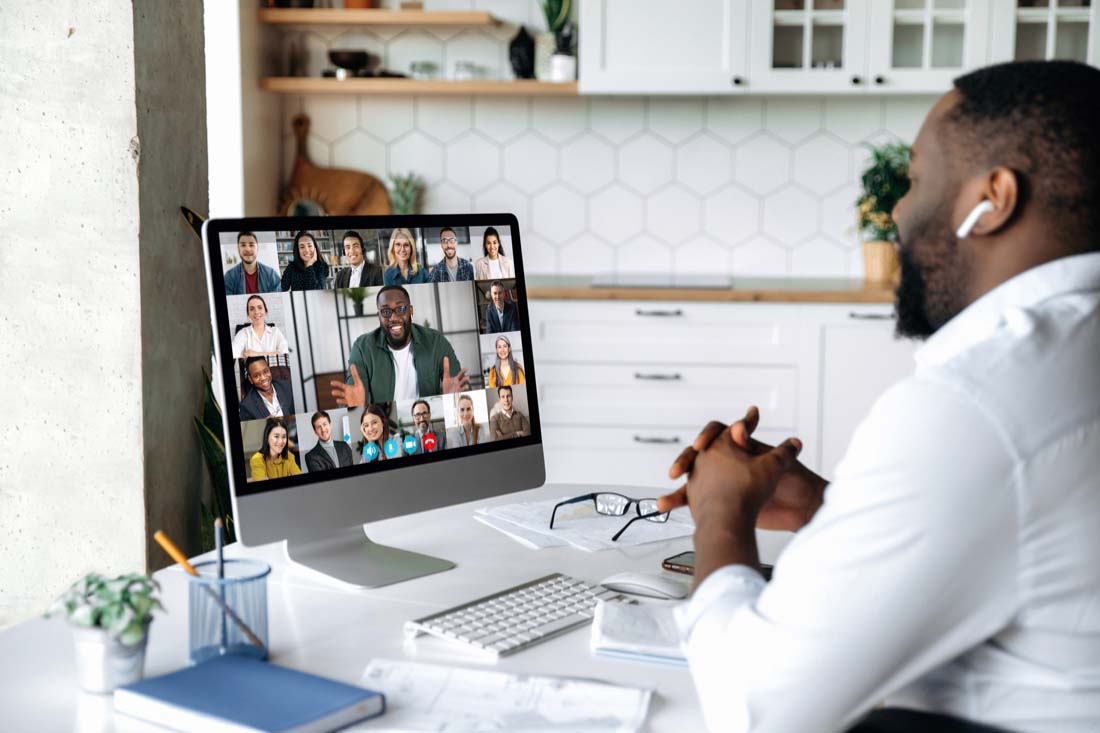Some of your staff really want to work from home permanently. Here’s how you can make it happen
The Future of Remote Work: Why Employees Are Willing to Sacrifice for It
Remote working has truly come of age over the past two years. While many employees have thrived working from home, others miss the office environment. But can you guess how many would prefer to work remotely permanently?
According to a recent report, a staggering 96% of employees want to work solely from home even after the pandemic ends. What’s more surprising is that a third of these employees are willing to sacrifice up to half their salary to maintain remote work — including giving up health benefits and paid time off.
Why Remote Work is Non-Negotiable for Many Employees
This highlights just how important work-life balance has become. For many, remote work has reduced stress, eliminated long commutes, and boosted overall well-being. As things return to “normal,” these workers are not eager to give up these gains.
What This Means for Employers: Embrace Hybrid or Remote Work Models
As an employer, offering flexible remote or hybrid work options can be a win-win:
- Your team is proven to stay productive and motivated working remotely
- You may reduce overhead costs by downsizing office space
- Employee satisfaction and retention improve with greater flexibility

But Don’t Forget: Remote Work Requires Proper Support and Security
While trust and cost savings are important, businesses must also invest in robust remote work security and technology:
Secure Home Working Environments
- How do employees access your network remotely?
- Are their devices protected with up-to-date security software?
- Is their home Wi-Fi secured against unauthorized access?
- Can company devices be restricted from non-work users like family members?
Effective Communication and Collaboration Tools
- Are your current platforms optimized for remote teams?
- Do you need to upgrade to solutions that support asynchronous work and seamless collaboration?
Overcoming Video Meeting Fatigue with Better Equipment
The same report found that nearly 2 in 5 employees feel ignored in video meetings. Investing in professional webcams, microphones, and headsets can greatly enhance video call quality, ensuring everyone feels seen and heard.

Keep Technology Up to Date
Finally, don’t overlook hardware upgrades. Older laptops and desktops should be refreshed every few years to maintain performance, security, and employee satisfaction.
Ready to Make Remote Work Work for Your Business?
If you’re planning to make remote or hybrid work permanent, it’s time to evaluate your team’s home setups, security policies, and collaboration tools. Need help implementing secure, effective remote work solutions? Contact us today — we specialise in empowering businesses across London and Essex for the future of work.
.svg)






